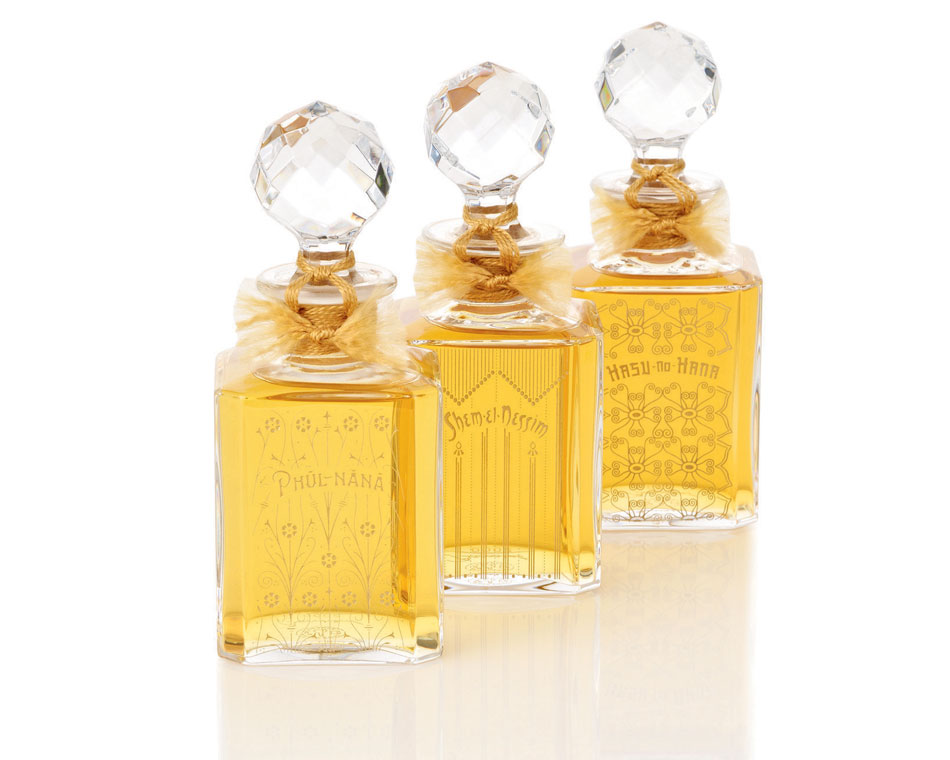“Imagine a world without perfume; how sterile, lifeless and devoid of emotion it would be,” is the opening remark from Tessa Williams’ book, Cult Perfumes: The World’s Most Exclusive Perfumeries. In this book, the author marvellously walks the reader through the history of perfumes to then present a unique collection of more than twenty-five perfumeries and brands from around the world that are producing the most captivating scents.
Cult Perfumes, fully curated by Scottish journalist and writer, Tessa Williams, edited by Claire Chandler and published by Merrell, is an essential read not just for perfumers but also for lovers and collectors of perfume. The content of this book ingeniously captivates the curiosity of even a non-expert audience, uplifting and transporting them to specific moments in history and making the connection with scents and perfumes.
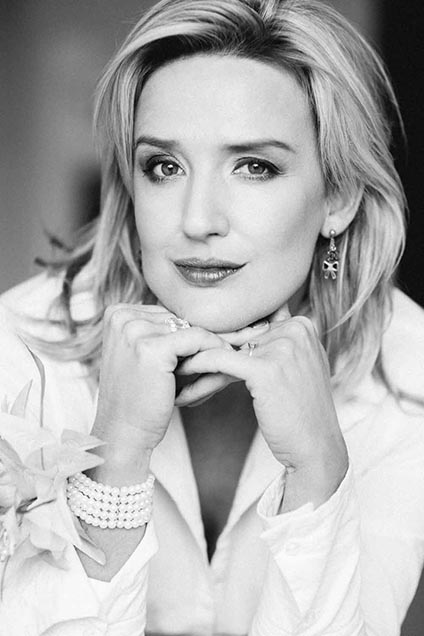
The History of Perfume Making
“Two of the gifts brought to Jesus Christ as a baby – myrrh and frankincense – were perfumes,” Tessa recalls. Perfumes were used in ancient Egypt, “Cleopatra was known to dab civet on her eyebrows before meeting Mark Antony, to increase his passion.” Perfumes continued to be used by the Romans and were also found widely in the Islamic culture.
The West re-embraced scents and perfumes during the Middle-Ages and a great lover of perfume, Catherine de’ Medici “put Paris firmly on the perfume map”. She even inspired the monks of Officina Profumo Farmaceutica di Santa Maria Novella in Florence to compose “Acqua della Regina” for her, a perfume that is still sold today.
Another famous French queen that Tessa mentions in her book is Marie Antoinette who happened to be a fanatical about perfume and who continues to be an inspiration for perfume houses and signature scents such as “M.A. Sillage de la Reine”.
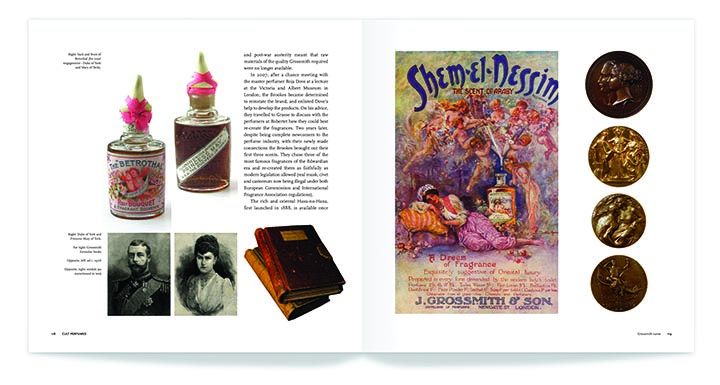
Tessa continues her historical recount by stopping at the world’s leading centre for the manufacture of perfume, Grasse, where leading perfumers have studied and established some of the most renowned perfume houses. Towards the end of the eighteen century the perfume industry started to expand and take a major role in society.
As Tessa highlights in her introduction: “…Between 1850 and 1921 the production of perfume changed more that it had done in the previous 4000 years,” giving birth to very exciting fragrances such as Chanel No. 5, created in Cannes in 1921 by Ernest Beaux to encapsulate Coco Chanel’s unique characteristics. This was the beginning of a trend that persists today as fashion designers attempt to capture the essence of their fashion houses in a distinguishing fragrance created only for them.
Tessa provides the readers with great insights into perfumers who made history for their unique compositions such as Francois Coty, the founder of the Coty Empire and the father of modern perfumery, who paved the way for a successful combination of marketing and scientific development in a lucrative industry.
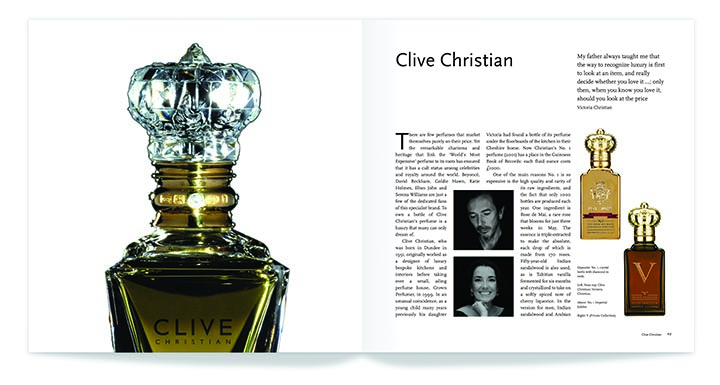
The book highlights specific decades such as 60s and the 70s, as during this time, new spicy and oriental perfumes were very popular, while in the 80s, stronger and potent scents became the norm, so smaller artisan perfumes started to present unique scents and niche fragrances as an alternative to the mass-market companies. Tessa comments on this trend:
“There is a massive movement for niche perfumes now. People do not want to smell all the same. Now is the time of the artisan perfumer. What it is more, now many perfumes are taking history as their source of inspiration. A new luxury perfume company, Electimuss is based on Roman times, they have even introduced a perfume that smells like a horse, called ‘Incitatus’ that was the Roman Emperor Caligula’s stallion, also historical brands like Grossmith have been revived from Victorian times.”
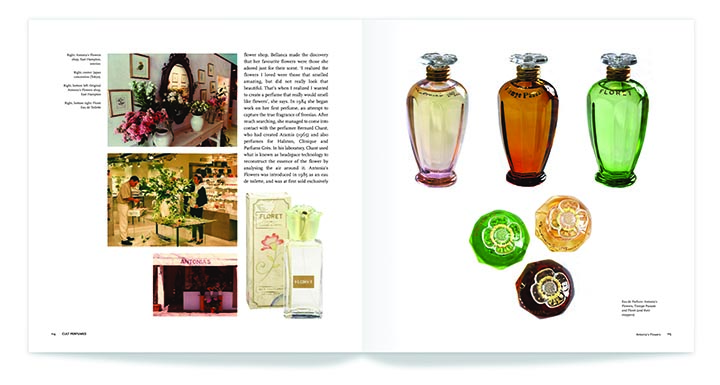
The Art of Perfume
Tessa’s documentation of more than twenty-five perfume houses and brands successfully provides the reader with an intimate look and “appreciation of something higher than mere scent in a bottle.”
Through the pages, the reader walks on a journey that starts in the Middle East with Amouage to then visit renowned perfumeries such as Annick Goutal and its classic “Eau d’Hadrien” in Paris, Carthusia from one of the most beautiful islands in the Mediterranean, Capri with a history in perfumes that dates back to 1380 and Clive Christian, the “World’s Most Expensive” Perfume encapsulated in beautiful Baccarat crystal bottles and adorned with white diamonds paving the way for “classic British quality and luxury.”
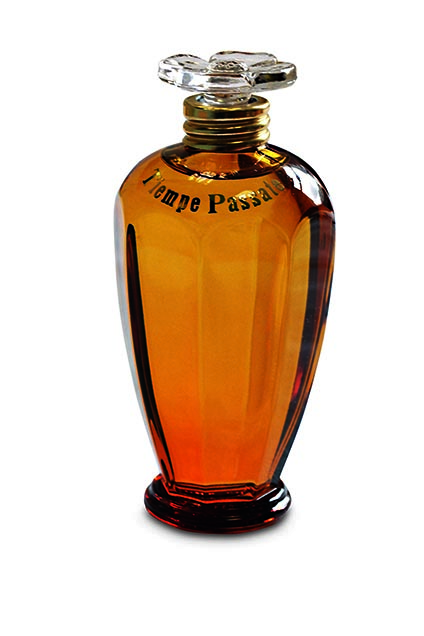
The journey continues through Creed, the once favourite fragrance of Queen Victoria and Napoleon Bonaparte, to then enter into London’s oldest perfume house, Floris, established in 1730 and run by the ninth-generation Floris-family man. Not to mention, Jo Malone London, known for its unusual scents such as Nutmeg & Ginger, which have now become the company’s best selling products. To finally arrive at Santa Maria Novella, which in 1549 created the first alcohol-based perfume, L’Eau de la Reine, and concluded with a dedicated section to avant-garde and unusual cult perfumes.
It seems that all these scents and unique perfumes have been shaped by the personality of their creators. Tessa believes that there are some great personalities in the perfume world:
“Serge Lutens, who I met and interviewed in Paris was very theatrical, a wonderful man in his 70s who has created some of the most successful, unique and special perfumes like Ambre Sultan and Tubereuse Criminelle. Frederic Malle is an equally fascinating personality, whose eclectic perfume range, Editions de Parfums are some of the finest in the world.”
Tessa continues: “There are also the more niche, edgier perfumers of recent years like Francis Kurdjian of Maison Francis Kurdjian whose creation, Oud, is one of the finest perfumes of the last 10 years (he also created Jean Paul Gaultier‘s Le Male). Also Nasomatto, and the intriguing personality of perfumer Angela Flanders, and her classically English Earl Grey Tea perfume and some of the classics too like Santa Maria Novella‘s Sicily Waters and Melograno continue to inspire me.”
Cult Perfumes successfully explores the stories, ethos and signature scents of the most iconic perfumes, providing not only the possibility to discover new elements in the history of making perfumes and its relevance in human history, but also to learn how fragrances are created and shaped for future compositions. If you have ever asked yourself what lies behind the intricate world of perfume, then this collection of interviews and unique illustrations will take you to the next level of perfume-making.
As any good connoisseur of perfumes, Tessa, long passionate about perfume and scent, has focused her senses, with the assistance of expert perfumer/creator, Alice Papiransky of Scent Perfique, on defining Perfumed Candles that evoke four elements: Earth, Water, Air and Fire.
